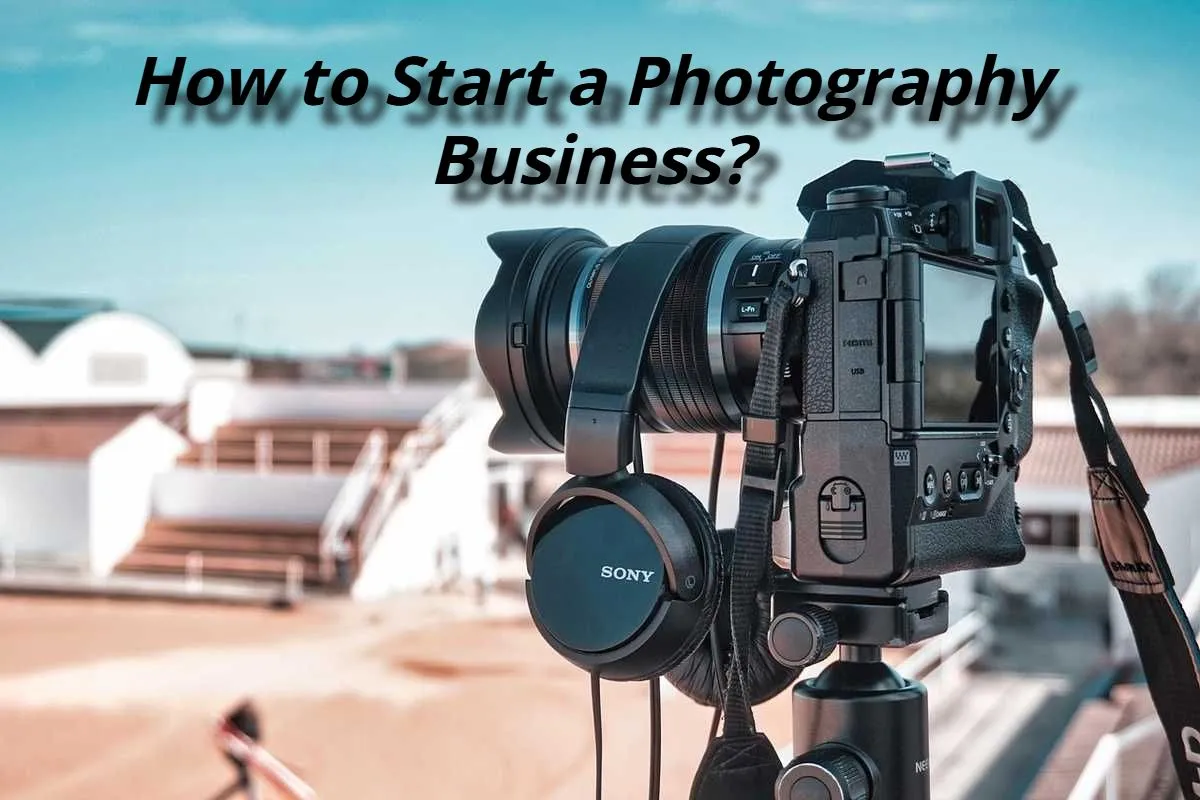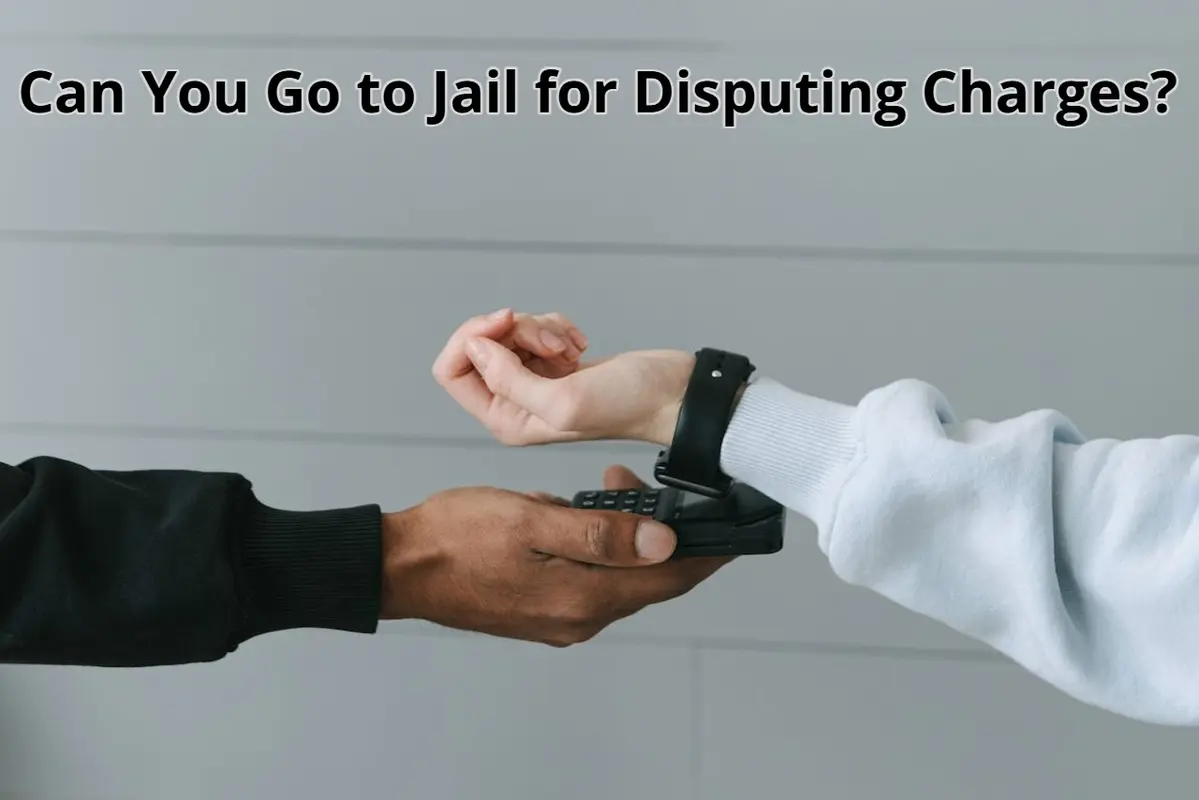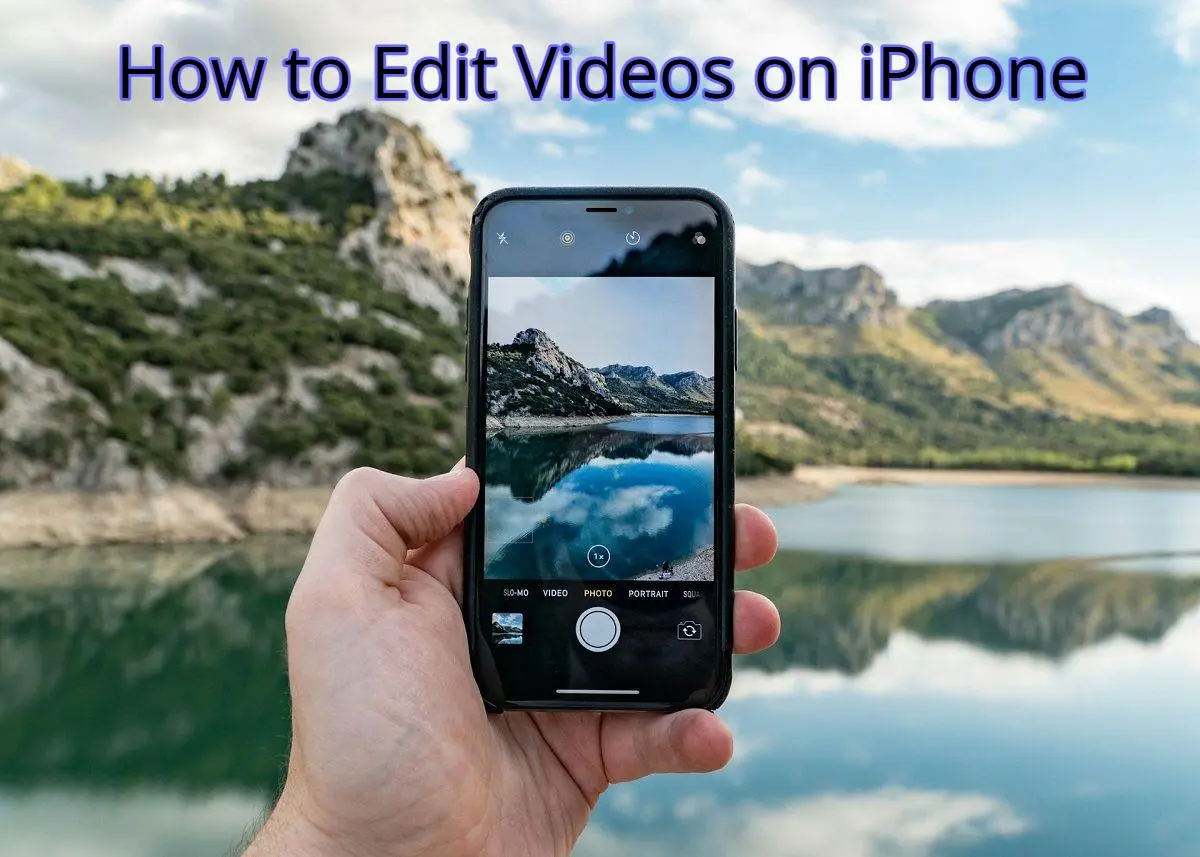A lot of people start with a love for taking pictures. Maybe it’s snapping shots at family events, weddings, birthdays, sports, vlogging, or capturing golden hour just right. Then one day someone says, “You should charge for this,” and the idea hits — maybe it’s time to learn how to start a photography business.
At first, it can feel a bit much. There’s gear to think about, editing tools, setting prices, and finding clients. But the truth is, most people who make it in this field started simple. No fancy setup, just a camera and passion.
Starting a photography business from scratch doesn’t mean having it all figured out. It’s more about taking small steps that add up. Whether it’s weddings, portraits, or lifestyle shots, the path is pretty similar. With a bit of planning and some beginner photography business tips, things start to fall into place.
This guide covers the basics in a way that actually makes sense, from gear and setup to landing those first paid gigs, everything that helps build a steady photography startup without the overwhelm.
Figure Out What Kind of Photography Feels Right
Before anything else, it helps to know what kind of photos people actually enjoy taking. Some love capturing weddings, birthdays others are all about portraits, and some might lean more toward products or food. This first step makes everything easier later on. When people choose a focus early, it shapes how they talk about their work and who they attract.
There’s no need to stick to one thing forever. But having a clear idea in the beginning keeps things simple. It also helps when building a website, posting online, or reaching out to potential clients. Everything just feels more connected.
Picking a photography niche doesn’t mean locking into it forever. It just gives people a solid starting point. Once the work starts rolling in, things naturally grow and shift. But for now, think about what feels fun and easy to shoot. That’s usually a good sign.
Along with that, it’s smart to start shaping a light photography business plan. Nothing too technical, just a few notes on goals, what kind of work feels exciting, and who the ideal clients might be. It’s not about being perfect. It’s just about getting clear.
Get the Right Gear Without Going Overboard
This part trips up a lot of beginners. Some think they need the most expensive gear right away, but that’s not true at all. The goal is to start with the basics, get comfortable, and grow from there. Good gear matters, but skill and consistency matter more.
Start with Basic Equipment First
People don’t need a huge studio setup or ten different lenses. A simple starter kit can take them a long way.
- One solid DSLR or mirrorless camera
- A reliable prime lens (like a 50mm for portraits)
- A couple of memory cards and extra batteries
- A lightweight tripod (if needed)
- Natural light or one starter flash
This setup is more than enough to get started and practice regularly. It’s all about learning how to use what’s in hand instead of waiting to upgrade.
Figure Out a Good Editing Setup
Editing is a big part of photography, and it helps photos stand out. Most people start with simple tools and build from there. The key is picking software that’s easy to learn and doesn’t feel overwhelming.
- Lightroom is great for beginners
- Photoshop comes in handy for detailed fixes
- Some free options like Snapseed or Canva can help in a pinch
- A basic laptop or desktop that runs things smoothly
Getting familiar with editing early on helps shape a consistent style and makes photos look more professional, even if the gear isn’t super high-end yet.
Learn by Doing
Instead of spending hours watching tutorials or reading about features, just start shooting. The more someone plays with their camera and editing tools, the faster things start to click. Practice builds confidence way quicker than perfection ever will.
Start Sharing and Let People Know You’re Open for Business
Once people have a few good photos, it’s time to start putting them out there. This part might feel awkward at first, but it makes a big difference. A small following turns into a loyal client base faster than people expect when they just stay consistent and real.
Build a Photography Portfolio That Shows What You Do Best
A portfolio doesn’t need to be packed with dozens of photos. It just needs to clearly show what kind of work someone does and the kind of vibe they bring. A simple site or even an Instagram page can work.
- Share work that feels the most “you”
- Include different shots that show variety
- Add short captions or backstories if it feels natural
- Make it easy for people to get in touch
Start Small and Local
Instead of worrying about going viral or finding hundreds of clients, it’s better to focus close to home. Friends, family, and local events are the best way to start. Once a few people start talking about someone’s work, word spreads.
- Offer mini sessions or discount shoots to get started
- Partner with local businesses or vendors
- Say yes to small gigs — they often lead to big ones later
Promote Your Photography Business in a Way That Feels Right
Not everyone loves being online 24/7, and that’s okay. The goal isn’t to do everything, just to do a few things well. Most photographers pick one or two platforms and stick to it.
- Instagram is great for visuals
- Facebook groups help with local networking
- A simple website adds that professional touch
- Business cards still go a long way
As long as people stay consistent and show up like themselves, clients will come. There’s no magic formula — just real photos, real effort, and time.
Frequently Asked Questions
Q1: What’s the first step in starting a photography business?
Answer: Start with figuring out what type of photography feels the most natural. Then slowly gather the gear and start practicing.
Q2: Do people need a business license to start?
Answer: It depends on the location. Some areas do require registering a business, even if it’s a small one, so it’s worth checking locally.
Q3: How much money is needed to begin?
Answer: A full setup can come later. Most people start with just a camera, one lens, and free editing tools. It’s possible to start under a tight budget.
Q4: What’s the best way to get photography clients in the beginning?
Answer: Start with people already around — friends, family, local events. Word of mouth and referrals usually bring the first paying jobs.
Q5: Does someone need a fancy website to look professional?
Answer: Not really. Even an Instagram page or a free portfolio site works in the beginning. What matters is showing good work and being easy to contact.
The Bottom Line
Getting started with a photography business might feel like a lot at first, but it doesn’t have to be complicated. Focusing on what kind of photos feel fun, gathering the basic photography equipment for beginners, and sharing real work with people around makes a big difference. The key is to take small steps and keep going, even when things feel unsure. Building a photography portfolio and finding ways to promote a photography business come naturally with time and effort. Anyone can learn how to start a photography business without fancy gear or a big budget, all it takes is passion, practice, and showing up.




